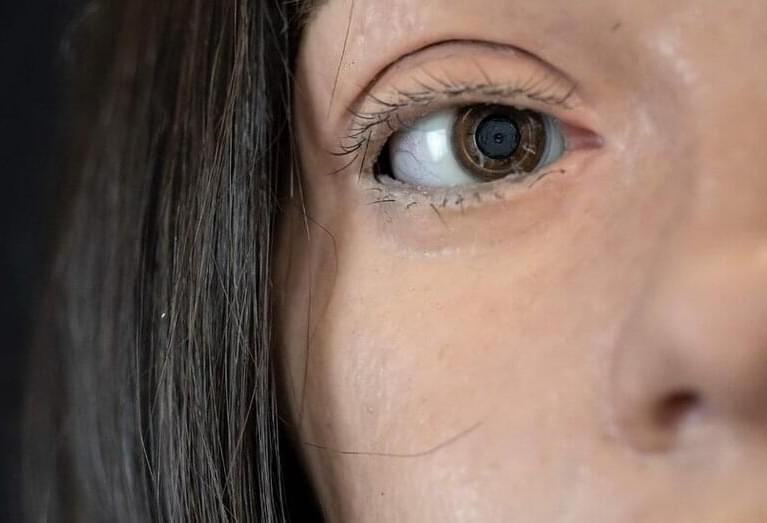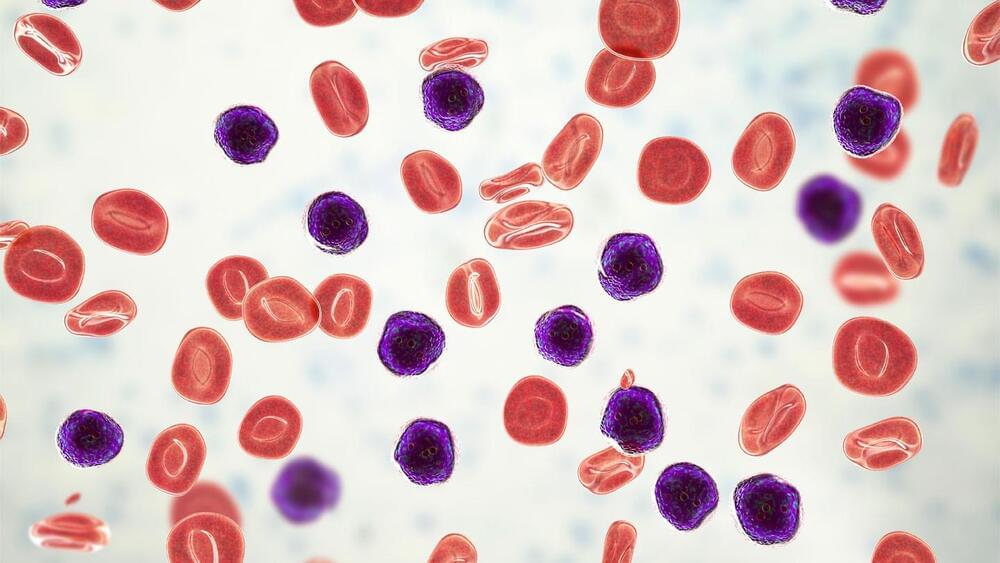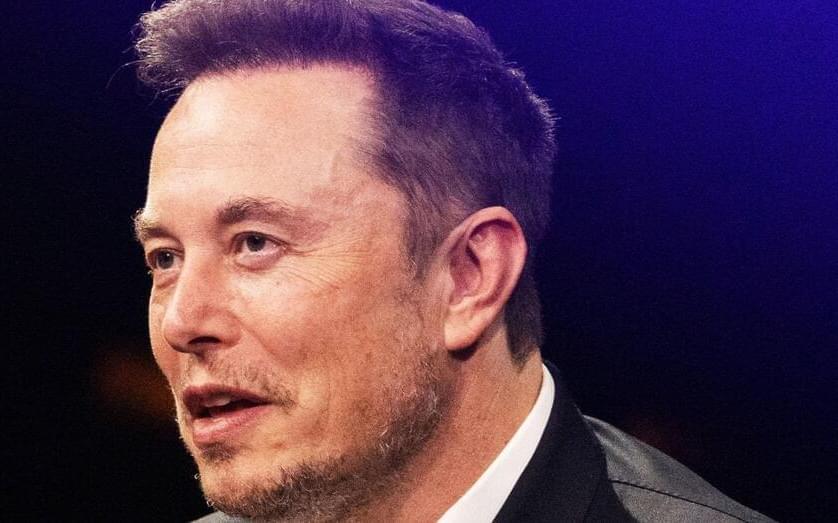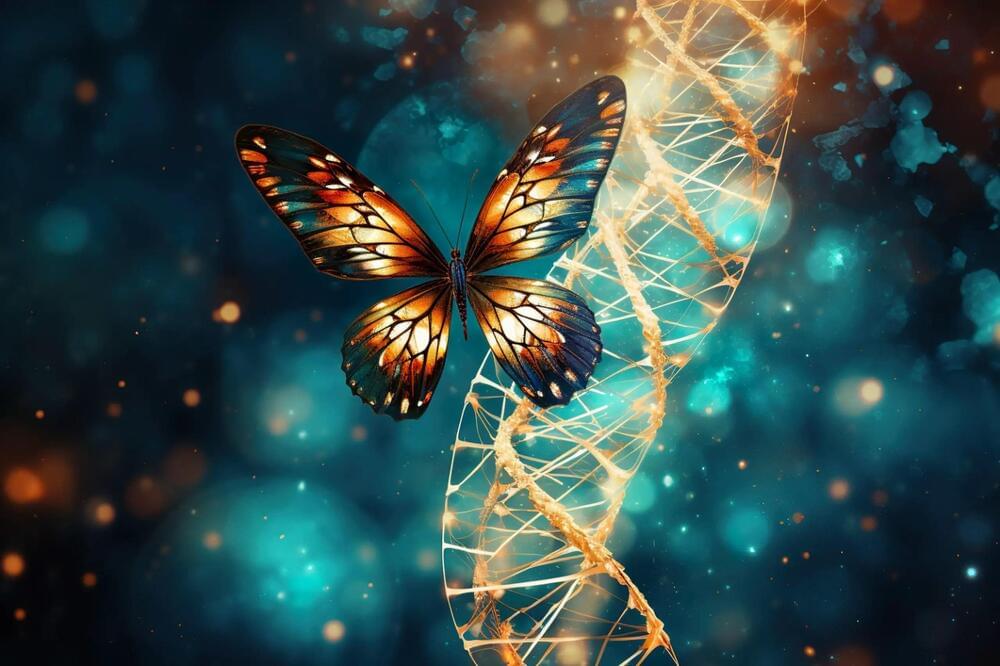NIH-funded study suggests need to reevaluate opioid addiction treatment recommendations in the era of fentanyl.
Individuals with opioid use disorder who were prescribed a lower buprenorphine dose were 20% more likely to discontinue treatment than those on a higher dose, according to a study of patients prescribed buprenorphine in Rhode Island from 2016 to 2020, as fentanyl became widely available. The study, published today in JAMA Network Open, was supported by the National Institute on Drug Abuse (NIDA), part of the National Institutes of Health, and conducted by researchers at Brown University, Providence, Rhode Island; NIDA and the Rhode Island Department of Health.
Among patients newly initiating buprenorphine treatment for opioid use disorder, 59% of those prescribed the target daily dose of 16 milligrams recommended by the U.S. Food and Drug Administration and 53% of those prescribed the higher 24 mg daily dose discontinued treatment within 180 days. A statistical analysis that allowed for multivariable comparison of these two dose groups showed patients prescribed the recommended dose (16 mg) were significantly more likely to discontinue treatment over 180 days compared to those prescribed 24 mg.





